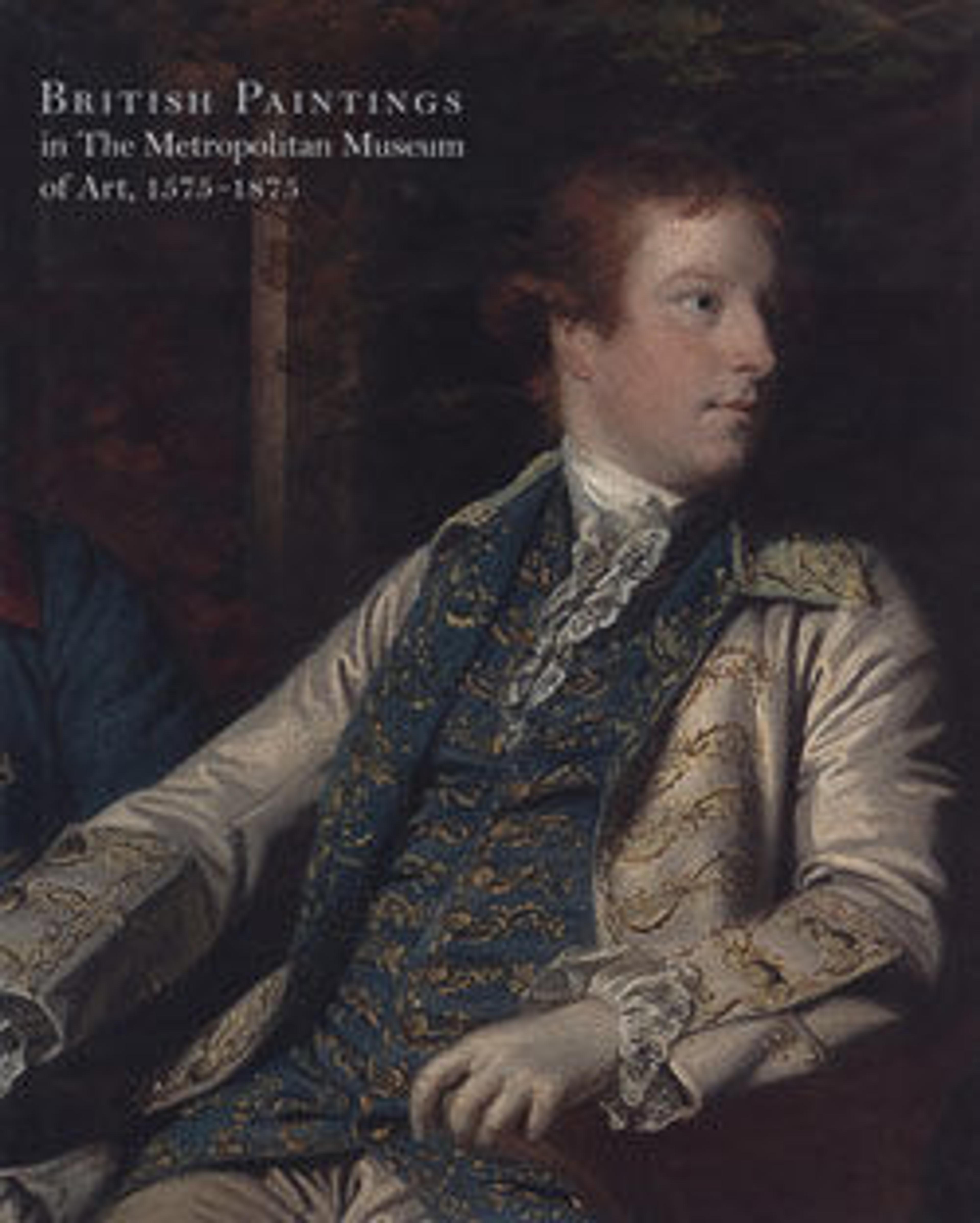Anne Dashwood (1743–1830), Later Countess of Galloway
The sitter was the daughter of Sir James Dashwood, Member of Parliament for Oxford (whose portrait by Seeman is in the Aitken Galleries). She sat for Reynolds four times in the month preceding her marriage on June 13, 1764, to John Stewart, Lord Garlies, later seventh earl of Galloway. The artist presents her in the traditional guise of a shepherdess with a crook, but wearing a fashionable gauze scarf, rubies, and pearls.
Her pallor may in part be accounted for by the fact that the flesh tones have faded.
Her pallor may in part be accounted for by the fact that the flesh tones have faded.
Artwork Details
- Title:Anne Dashwood (1743–1830), Later Countess of Galloway
- Artist:Sir Joshua Reynolds (British, Plympton 1723–1792 London)
- Date:1764
- Medium:Oil on canvas
- Dimensions:52 1/2 x 46 3/4 in. (133.4 x 118.7 cm), with strip of 7 1/8 in. (18.1 cm) folded over the top of the stretcher
- Classification:Paintings
- Credit Line:Gift of Lillian S. Timken, 1950
- Object Number:50.238.2
- Curatorial Department: European Paintings
More Artwork
Research Resources
The Met provides unparalleled resources for research and welcomes an international community of students and scholars. The Met's Open Access API is where creators and researchers can connect to the The Met collection. Open Access data and public domain images are available for unrestricted commercial and noncommercial use without permission or fee.
To request images under copyright and other restrictions, please use this Image Request form.
Feedback
We continue to research and examine historical and cultural context for objects in The Met collection. If you have comments or questions about this object record, please contact us using the form below. The Museum looks forward to receiving your comments.
